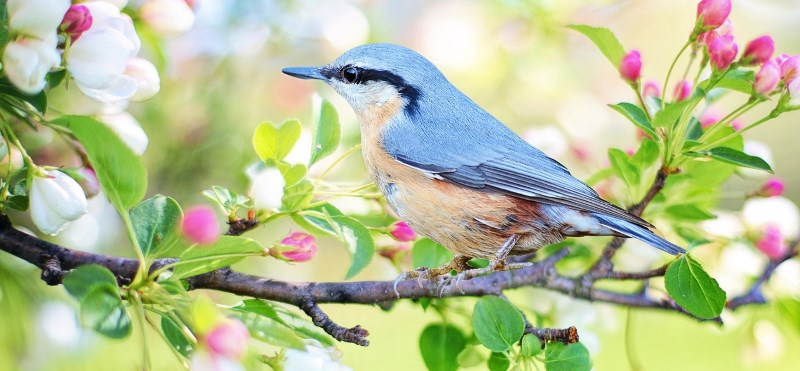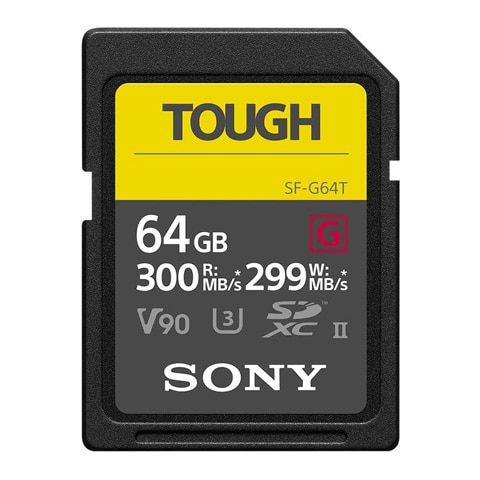How to Photograph Birds (18 Tips for Taking Stunning Pictures)
Last Updated on

Capturing clear, high-quality images of birds in the great outdoors requires more than just a great camera. To really give yourself the best chance to snap a marvelous bird photo, you’ll need to combine the best of photography and bird-watching wisdom together into a single glorious moment.
In the spirit of helping fellow bird enthusiasts to capture the images of their dreams, we’ve compiled our best tips and tricks of the trade into a single guide. While a large portion of bird photography relies on luck, equipping yourself with the following skills and info will give you more opportunities to find yourself in the right place at the right time.

Choosing the Right Camera
Starting with the appropriate camera for bird photography will prevent hours of fruitless efforts.
Tip 1: Beginners Should Start with a Bridge Camera
Somewhere between the popular point-and-shoot camera style and the more professional single-lens reflex (SLR), a bridge camera is an affordable way to get into high-quality photography. Their long zoom lenses are particularly well-suited to bird photography.
Tip 2: Consider Upgrading Your Zoom Lens
Telephoto zoom lenses allow for impressively acute bird photography without setting up on a tripod. Telephoto lenses have an exceptionally long reach, allowing you to maintain a quiet and still position while homing in on a shot of the bird you’ve just spotted.
Tip 3: A Tripod Might Become Your Best Friend
Available in a wide range of prices, tripods allow you to set up your camera position to stably observe a position over a long period without tiring yourself out. Since a large portion of birdwatching is waiting for things to happen, this can be a lifesaver for your shoulders and arms.


Getting to Know Your Camera
Choosing the right settings for your camera can make the difference between a stunning avian photograph and an utterly disappointing one.
Tip 1: Prioritize Fast Shutter Speeds
Especially for birds that are in motion, setting your camera to use a faster shutter speed will prevent motion blur in your final photographs. Try setting your shutter speed to anywhere between 1/1000 and 1/1600 for best results.
Tip 2: Use Your Camera’s Auto-ISO Mode
Most bridge cameras and DSLRs will offer a mode that automatically adjusts your camera’s ISO to match current light conditions. Combined with a high shutter speed, this will consistently lead to highly detailed photographs.
Tip 3: Bring a Backup Memory Card
There’s nothing more frustrating than setting yourself up to take a great shot, spending the time necessary to settle in, and then fumbling with deleting old photos when you should be shooting the action instead. Pack an extra memory card in your bag, and you’ll never need to worry about losing a great shot.


How to Locate Birds
Of course, to get an excellent bird photograph, you will first need to find a few of the feathered creatures.
Tip 1: Practice with Common Birds
If you’re new to bird photography, heading to your local park in search of sparrows, finches, or robins will let you work out your technique. Sitting on a bench to eat a sandwich is a surefire way to draw any city bird’s attention to you, making them happy to cooperate with your photography.
Tip 2: The Early Bird Gets the Photo
Just before sunrise and for the hour that follows, many birds will be more active while they look for food. Get out early and set up your gear, and you’ll be rewarded with many a great shot.
Tip 3: Head to a State Park
Any wildlife conservation area that’s further away from the hustle and bustle of cities and towns will offer nearly unlimited options for bird watching. Many state parks offer overnight camping opportunities as well, making it easier to get up early for those sweet sunrise bird snaps.


How to Approach Birds
The acute senses and superb vision enjoyed by most birds can make it remarkably difficult to approach them. While a zoom lens is your best friend for not disturbing birds, sometimes you’ll have no choice but to get closer for your perfect shot.
Tip 1: Slow WAY Down
Moving as slow as molasses should be your first step towards approaching birds effectively. With enough patience, you might find yourself able to approach well inside of bird’s usual comfort zone.
Tip 2: Don’t Look Directly at Them
Predators look directly at their prey while stalking them, so any behavior like this will alarm birds enough to fly away immediately.
Tip 3: Avoid Brightly Colored Clothing
The closer you can get to being camouflaged with your environment, the less threatening most birds will find you to be. Go for earth tones in your wardrobe to make birds more comfortable with your presence in their area.


Photographing Birds
Once you’re fully set up and ready to shoot, there are a few helpful hints that will make for better results.
Tip 1: Take Advantage of Bokeh
Bokeh, the Japanese term for an aesthetic quality produced by blurring out-of-focus parts of an image, will make the birds pop in your photos. Look for an angle that produces plenty of distance between the bird you’re trying to shoot and its background, and you’ll produce effortless Bokeh.
Tip 2: Look for Clean Backgrounds
Muted colors and simple backgrounds are much better for bird photography than bright, colorful, or busy backgrounds.
Tip 3: Focus on the Nearest Eye of the Bird You’re Photographing
Most bird photographers won’t mind an occasional blur on the tail or wings of a bird, but the best quality photos always have a sharp focus on at least one eye.


Processing Your Bird Photographs
Great-quality source material will get you 90% of the way towards stunning bird photographs, but a small amount of post-production will add the final touches that make for true professional quality pictures.
Tip 1: Lightroom is Incredibly Helpful
Adobe’s proprietary photo processing software, Lightroom, is the industry-standard program for editing, arranging, and collecting images. It requires a monthly subscription for use but is well worth the price for anyone who intends to continue a photography hobby.
Tip 2: Get Familiar with the Crop Tool
Being able to remove non-essential parts of your image will allow you to put the focus right where it needs to be: On the bird as the central theme of your photograph. Crop tools are easy to use and will be your most common adjustment to bird photographs.
Tip 3: Try Using the Rule of Thirds
A guideline for producing visually appealing and interesting images, the Rule of Thirds divides an image up into nine imaginary quadrants. When cropping your pictures, try to position the bird in one third of these quadrants, and you’ll find your photos more noteworthy.


Conclusion
It takes practice and hard work to become a great bird photographer, not plain talent. Keep snapping photos to get a feel for what works and what does not work, and before long you’ll be shipping your prints off to have them mounted on canvas. The world of birds is rich and photographing them can bring endless years of rewarding work into your life. All the best out there!
About the Author Robert Sparks
Robert’s obsession with all things optical started early in life, when his optician father would bring home prototypes for Robert to play with. Nowadays, Robert is dedicated to helping others find the right optics for their needs. His hobbies include astronomy, astrophysics, and model building. Originally from Newark, NJ, he resides in Santa Fe, New Mexico, where the nighttime skies are filled with glittering stars.
Related Articles:
How to Collimate Binoculars: 9 Expert Tips
How to Clean a Rifle Scope: 8 Expert Tips
How to Choose Binoculars for Bird Watching: 10 Expert Tips
How to Clean a Refractor Telescope: Step-by-Step Guide
How to Clean a Telescope Eyepiece: Step-by-Step Guide
Monocular vs Telescope: Differences Explained (With Pictures)
What Is a Monocular Used For? 8 Common Functions
How to Clean a Telescope Mirror: 8 Expert Tips
